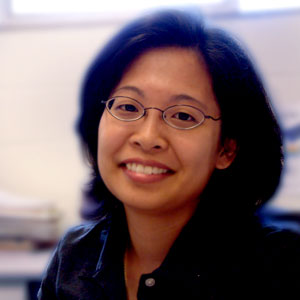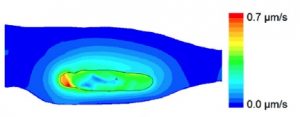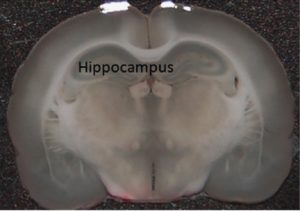Education
- Ph.D., Mechanical Engineering, University of California at Berkeley, 1999
- M.S., Mechanical Engineering, University of California at Berkeley, 1996
- B.M.E., Mechanical Engineering, Georgia Tech, 1994
Professional Experience
- Professor, Mechanical & Aerospace Engineering (MAE), University of Florida, 2020 to Present
- Associate Professor, Mechanical & Aerospace Engineering (MAE), University of Florida, 2009 to 2020
- Affiliate Faculty, Biomedical Engineering, University of Florida, 2004 to Present
- Affiliate Scientist, Texas Methodist Hospital Research Institute, 2013
- Visiting Research Scientist, National Institutes of Health, 2012
- Assistant Professor, MAE, University of Florida, 2003 to 2009
- Research Fellow, National Institutes of Health, 1999 to 2003
Professional Society Activities
- Executive Committee, Member Affairs, Bioengineering Division, American Society of Mechanical Engineers (ASME), 2016-2019
- Steering Committee and Student Awards Coordinator, ASME, Global Congress on Nanoengineering for Medicine and Biology, 2014 & 2015
- Organizing Committee, Publications Chair, Summer Biomechanics, Bioengineering and Biotransport Conference (SB3C), 2015
- Local Arrangements Chair, ASME Summer Bioengineering Conference, 2013
UF Activities
- Graduate Coordinator (Fall 2016-Present). I provide MAE graduate program oversight in coordination with the college, faculty and staff. Together with two dedicated staff members (Jeremy Hall and Dr. Karen Ehlers)
- NSF REU Coordinator (Fall 2018-Present). Co-PI for NSF REU Engineering for Healthcare program with Douglas Spearot (PI). This is the first REU for the MAE department. Over the next three years, we will bring in a diverse group of students from all over the country to do summer research on critical engineering challenges in healthcare. http://www.mae.ufl.edu/reuengineeringforhealthcare
My Story

For most of my career, I have been interested in understanding the effects of increased and abnormal fluid flows on disease and therapy. Few other investigators study fluid flow within extracellular (interstitial/parenchyma) spaces that exist inside tissues; however, these flows can have a profound effect on disease, remodeling of tissues, and drug delivery. My lab has focused on developing image-based computational models that predict 3D flows, deformations and tracer patterns within brain, spinal cord and tumors. Ultimately, these computational models may be used to predict patient-specific drug delivery.

My mechanics research has focused on coupled fluid-solid interactions, residual stress, and injury within these same, very soft tissues. I take a data-driven approach to modeling, and my lab is one of few research groups leading the development of computational biotransport models in conjunction with validation studies. Models need to be built upon extensive experimental observations, otherwise it is easy to reach conclusions that are not useful. Since much of this type of information is missing for the central nervous system and tumors, this has meant doing our own experiments and collaborating with other neuroscientists, neurosurgeons, and physicists to better understand transport and mechanics problems of most interest to us.